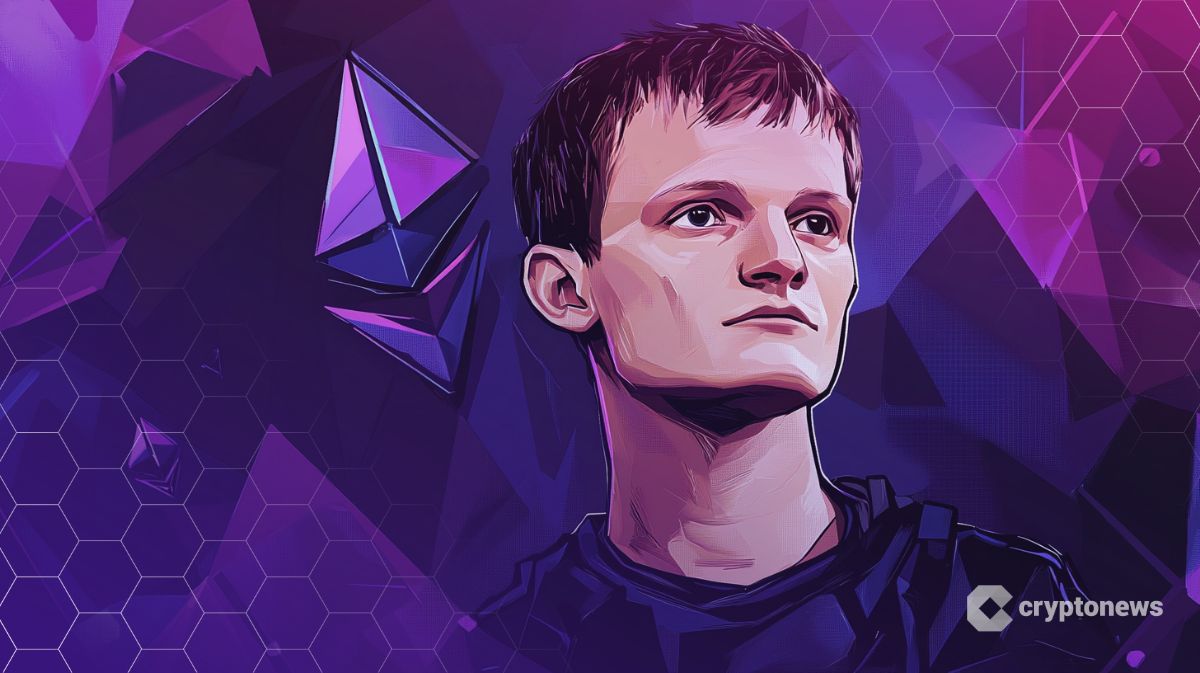Vitalik Buterin Pushes for Ethereum Overhaul—’Simplify or Stagnate’

Ethereum’s co-founder drops a bombshell: The protocol needs a design diet. Now.
The problem?
Complexity creep. Buterin argues Ethereum’s codebase has become a ’Rube Goldberg machine’ of smart contracts—ironic for a chain that prides itself on being the world’s computer.
The fix?
A back-to-basics approach. Fewer opcodes, leaner execution layers, and (thankfully) less gas math for devs to screw up. ’We’re builders, not accountants,’ quips one developer—while quietly calculating how much this will save in audit fees.
Wall Street’s take?
Crickets. Meanwhile, ETH traders pivot between memecoins and pretending to read GitHub commits. The blockchain trilemma continues: scalability, security, and explaining to your CFO why you’re hodling a ’simplified’ asset that still requires a PhD to interact with.
Ethereum’s Complexity Is Slowing Progress and Raising Risks
Buterin argued that unnecessary complexity has led to bloated development timelines, higher maintenance costs, and increased risks of bugs.
A central element of Buterin’s proposal is a reimagining of the consensus layer through a model called “3-slot finality.”
This approach would eliminate intricate mechanisms such as epochs, sync committees, and validator shuffling.
By reducing the number of active validators at any given time, the protocol could adopt a simpler and safer fork choice rule, easing the development of light clients and reducing attack surfaces.
The effort to revamp Ethereum’s consensus, historically called the beam chain, includes many opportunities to simplify consensus, while also increasing efficiency and security. pic.twitter.com/MIRpsbe48h
— vitalik.eth (@VitalikButerin) May 3, 2025On the execution side, Buterin proposed transitioning from the current Ethereum Virtual Machine (EVM) to a new, zero-knowledge (ZK)-friendly virtual machine based on the RISC-V architecture.
RISC-V is a lightweight, open-source instruction set architecture known for its efficiency and simplicity.
The move could accelerate ZK proof generation by up to 100x and make the protocol more auditable and developer-friendly.
Buterin suggested maintaining backward compatibility during the transition by running legacy EVM contracts through a RISC-V interpreter.
Buterin also called for protocol-wide standardization to minimize fragmentation.
He recommended consolidating tools and formats—such as adopting a single erasure coding method, serialization format (SSZ), and tree structure—to reduce redundant systems and enhance developer tooling.
“Simplicity is in many ways similar to decentralization,” Buterin noted, proposing that Ethereum adopt a “max line-of-code” principle for consensus-critical logic, much like the lightweight machine learning project Tinygrad.
Under this approach, non-critical or legacy features would still be supported but moved outside the core specification.
Ethereum Has ‘Huge Opportunity’ to Fix AI’s Centralization Problem
Ethereum could play a key role in solving some of the most pressing problems facing artificial intelligence, according to Eric Connor, a former core developer of the blockchain.
Earlier this month, Connor said Ethereum’s “biggest mainstream moment” could come through its integration with AI, as the sector struggles with centralization, opaque algorithms, and growing privacy concerns.
“AI is plagued by black-box models, centralized data silos, and privacy pitfalls,” Connor noted, adding that Ethereum is uniquely positioned to address these issues.
Last month, crypto venture capitalist Nic Carter of Castle Island Ventures pointed to two key issues undermining Ether’s value: the rise of layer-2 (L2) scaling networks and unchecked token issuance.
He argued that “greedy ETH L2s” are siphoning off value from Ethereum’s base layer while giving little back.
He also criticized the Ethereum community’s acceptance of excessive token creation, claiming that “ETH was buried in an Avalanche of its own tokens. Died by its own hand.”

